The Article
Surfactant: Cleaning Your Vinyl, A Buyer’s Guide
21st September 2020
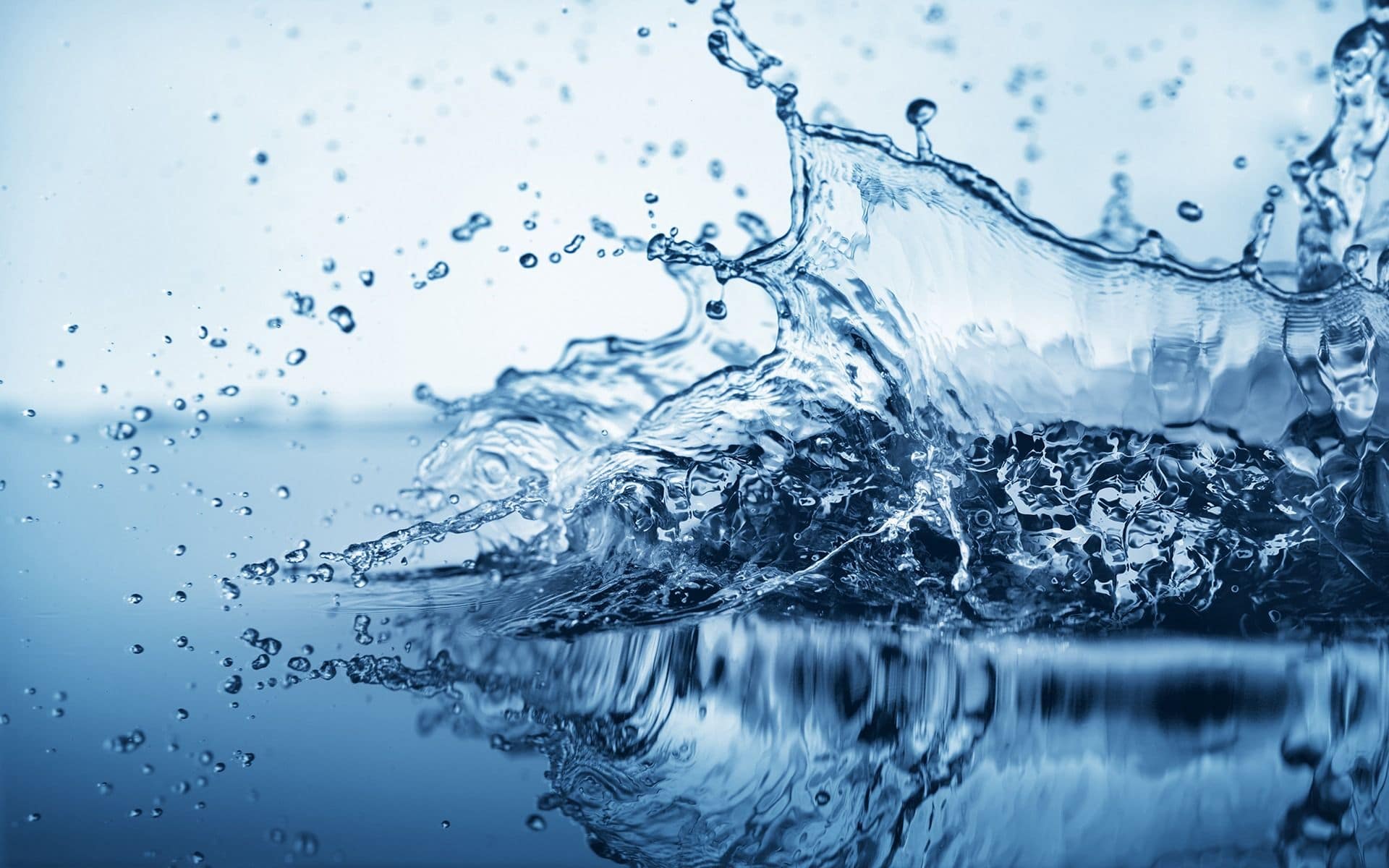
One of the most important tools in the armoury of the vinyl fan, Paul Rigby asks what they are, why they’re important in terms of vinyl cleaning and which surfactants you should buy
I’ve been testing and using vinyl cleaning products for well, decades. During that time, I have progressed from budget, manual felt pads and brushes to manual cleaning machines, motorised cleaning machines with vacuum pumps of various types and quality and finally, ultra-modern and still-developing ultrasonic technologies.
It’s very easy to be dragged into a technology-centric point of view when looking at vinyl cleaning. As if the machinery is all and that your vinyl cleaning stands and falls upon it and only it.
It’s very important. That is true. Critical, even. That said, it is not all. If you don’t look at the other areas of vinyl cleaning then you will drastically diminish the efficiency of the vinyl clean itself.
That is, even if you have a top-of-the-line, very expensive ultrasonic cleaner, if you ignore the rest of the toolkit that is required to clean your vinyl record, then the final results, the final ‘clean’ will be reduced in quality. By how much? That’s difficult to say and tough to stick a number upon but, at a guess, I’d say by as much as 25%-50%. Depending on the technology you are using.
If you take the machine out of the picture for a moment, if you look at the remaining vinyl tools that I use on a regular basis, the surfactant is next in line in terms of importance.
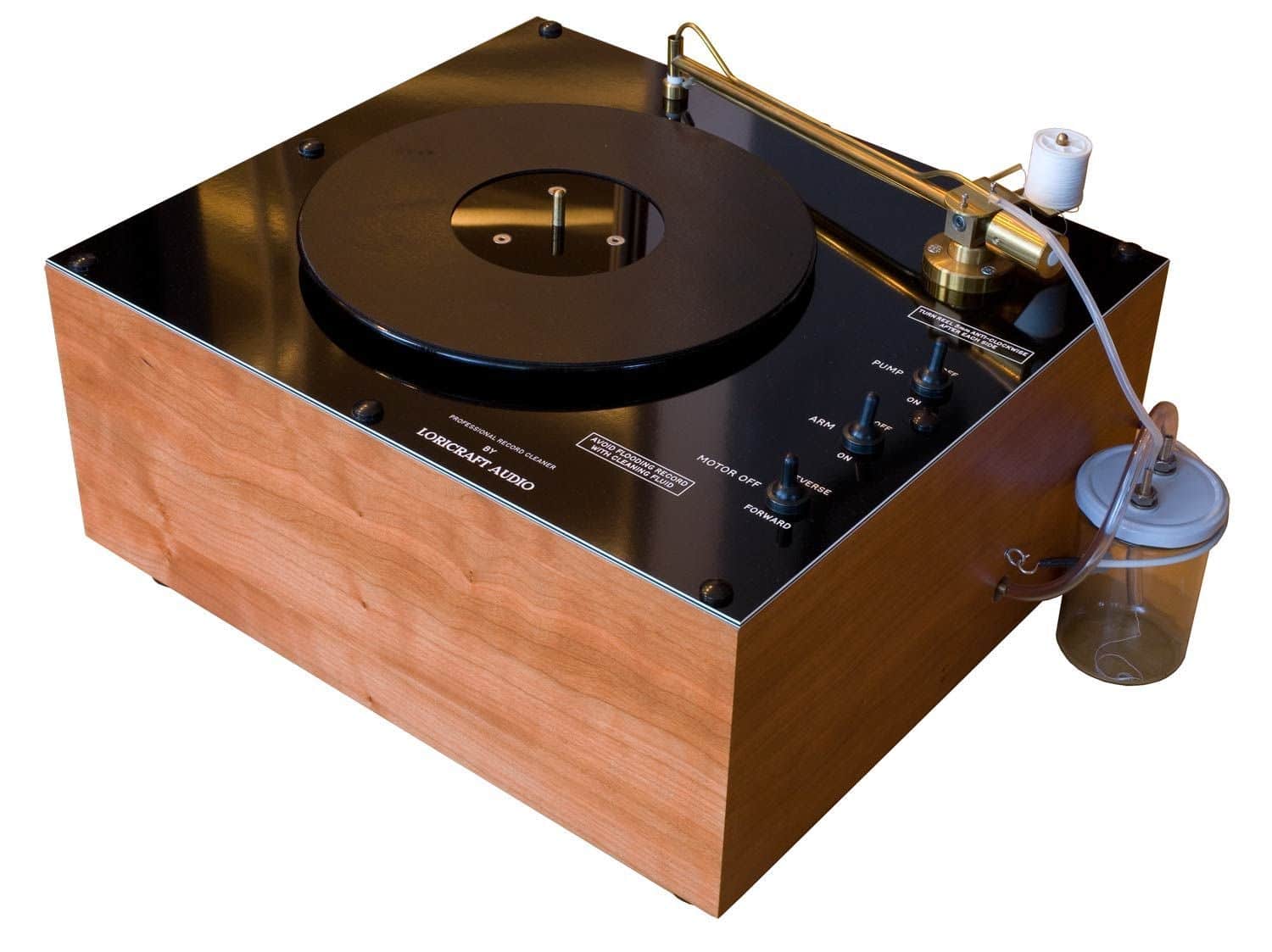
Surfactant is basically a liquid that you apply to the record, before the cleaning machine and any other liquid you might wish to use comes into play. It’s there to aid and enhance the cleaning process. It doesn’t clean the record itself but allows your vinyl cleaning machinery and liquid to do a better job. It assists them. I wouldn’t dream of cleaning my records without it.
So how does surfactant help your vinyl cleaning hardware in its cleaning task? By reducing surface tension.
When you use your favourite liquid to clean your record – no-matter what piece of hardware is involved – when your cleaning liquid is in play, it has an issue. It can’t get close enough to the vinyl to do its job because of surface tension. Don’t forget, we’re talking about cleaning grooves that exist on the micro-level here. Hence, any surface tension existing in that area will act as a barrier and because grooves are so small, that barrier is pretty large and strong. Thus, the effect prevents the cleaning liquid getting right up close to the vinyl surface, reducing its effectiveness.
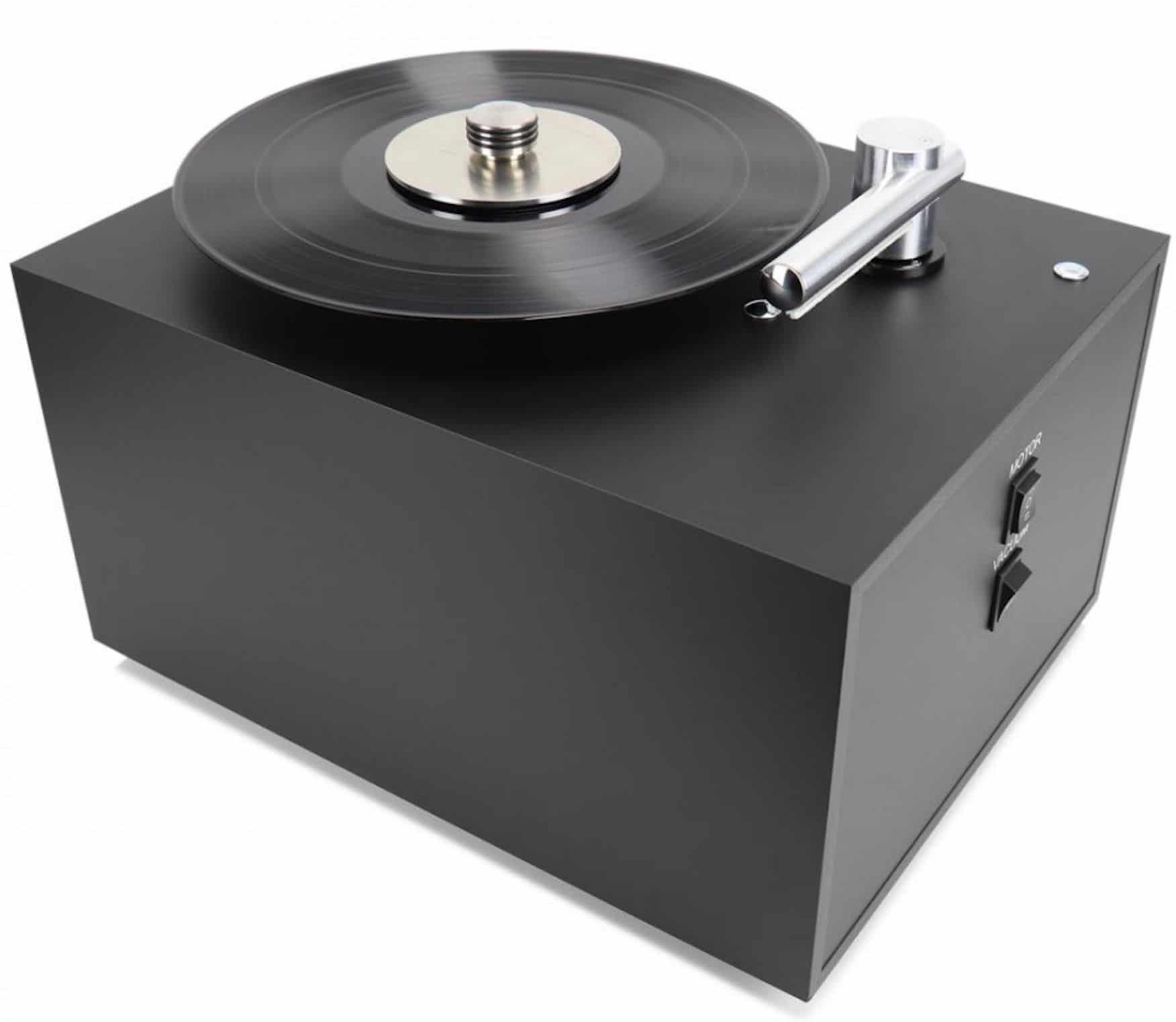
Yes, if you clean your vinyl without surfactant being involved, your vinyl will still benefit. You will (or should) hear a sonic improvement after you put your vinyl through the cleaning process. But that cleaning effect will be reduced. Like my childhood school reports used to say? It ‘can do better’.
So surfactants remove surface tension. In effect, a surfactant makes your cleaning liquid wetter. This is why you will see some commercial surfactants labelled as Wetting Agents. It’s another name for the same thing. You’ll find numerous Wetting Agents in photography, for example. They perform the same sort of tasks in that area too.
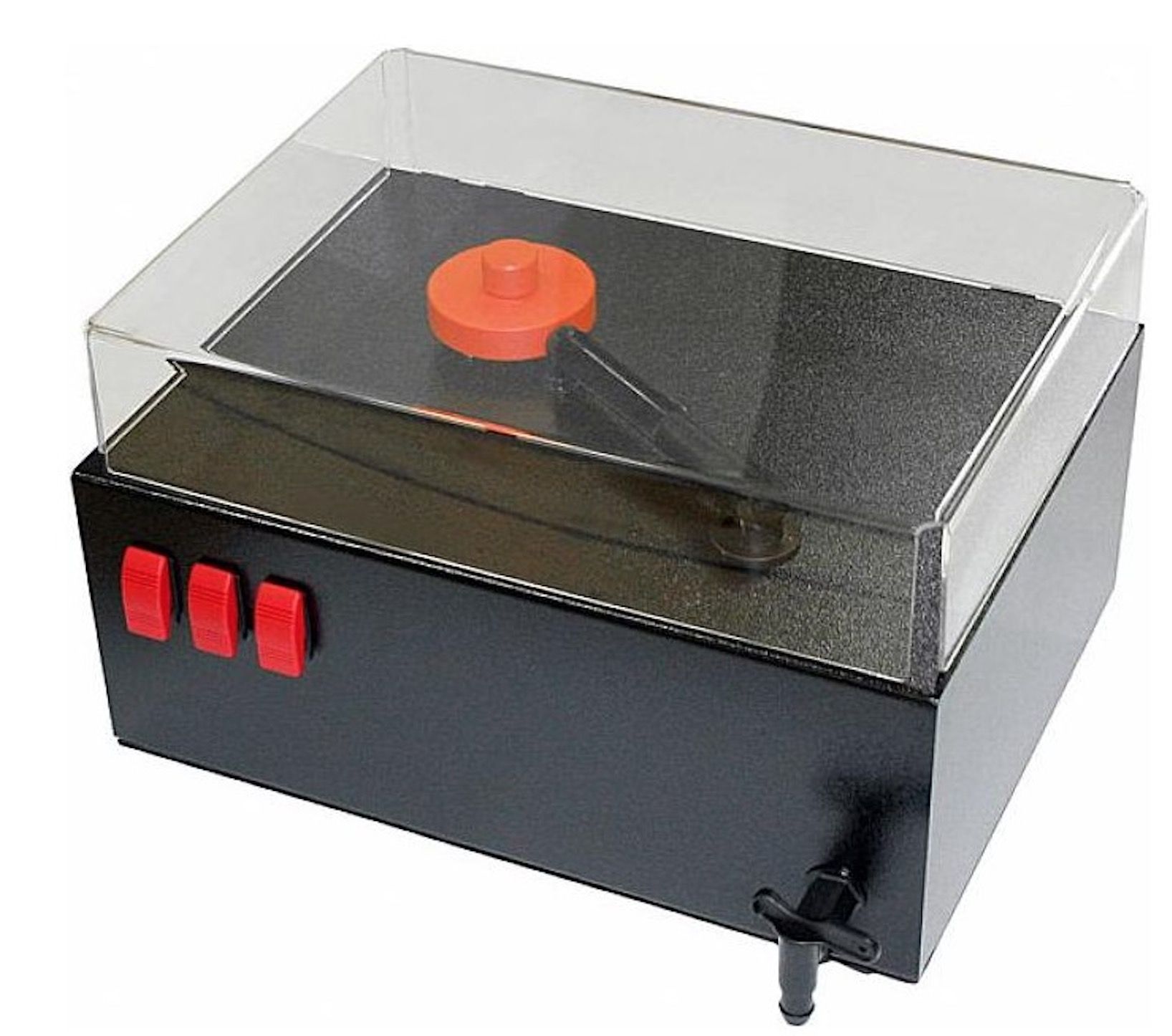
Hence, if you look right up close and personal at your cleaning liquid. If you were able to look at the bits of the liquid that are doing the cleaning job? Well, a surfactant allows those bits to have more and greater contact with the vinyl surface.
HOW IT’S USED
As I say, to use a surfactant, you apply it directly to the surface of your vinyl. You initially prepare the surfactant before use. Normally, you would dilute it in distilled water although some liquids arrived pre-diluted. Surfactants in their original and pure form are normally quite concentrated so you might dilute one part surfactant to 200, for example. That might vary, it depends on the product.
Once mixed properly, you apply drops to the vinyl surface. You spread it around the area of the vinyl with a brush or somesuch then insert it into your manual cleaner, ultrasonic cleaner or whatever cleaning apparatus you have to hand and then clean as normal.
When the cleaning (and subsequent drying) process has been completed, the surfactant should have been removed along with your normal cleaning liquid, leaving a spotless vinyl surface, ready for play. I do like to add a final rinse, though. Giving the vinyl record another cleaning cycle without surfactant being involved. Why? Because I don’t know what the long-term effects are of surfactant residue lying on vinyl. That is, in terms of weeks, months and years. So I’m being careful and cautious.
I will leave the detailed, step-by-step cleaning instructions of cleaning your vinyl with a surfactant to another feature or features because I intend to create three cleaning features (and videos) in the future. They will focus on cleaning your vinyl via manual methods, a vacuum-based cleaning machine and an ultrasonic cleaner. Each will need different cleaning approaches. The publication of this feature is a necessary precursor to those How To… articles because surfactants will be mentioned in all of them.
PREPARATION
So then, you’re sorted? Just grab the nearest surfactant and you’re off and running?
Well, no.
That’s a bit like saying, grab the nearest turntable and you’re off and running or the nearest DAC or speakers. No. There are good and bad surfactants. There are also variations in amongst the good batch of surfactants. They, like anything in hi-fi, vary. Each performs differently.
For this feature, I looked at five products, most of which need to be diluted in distilled water. Don’t use tap water. That’s contaminated with all kinds of chemicals. Use a purified water. Distilled water. I would avoid de-ionised water which – so I hear – doesn’t destroy bacteria in the water. Distilled does that. You can grab distilled water from all over the place including sellers on eBay, Amazon and direct via the Web. Saying that, if you have trouble sourcing a supply of distilled water, check out the link below for a source I use. The source I use is also used by research establishments and industrial companies and I’ve never had an issue with them.
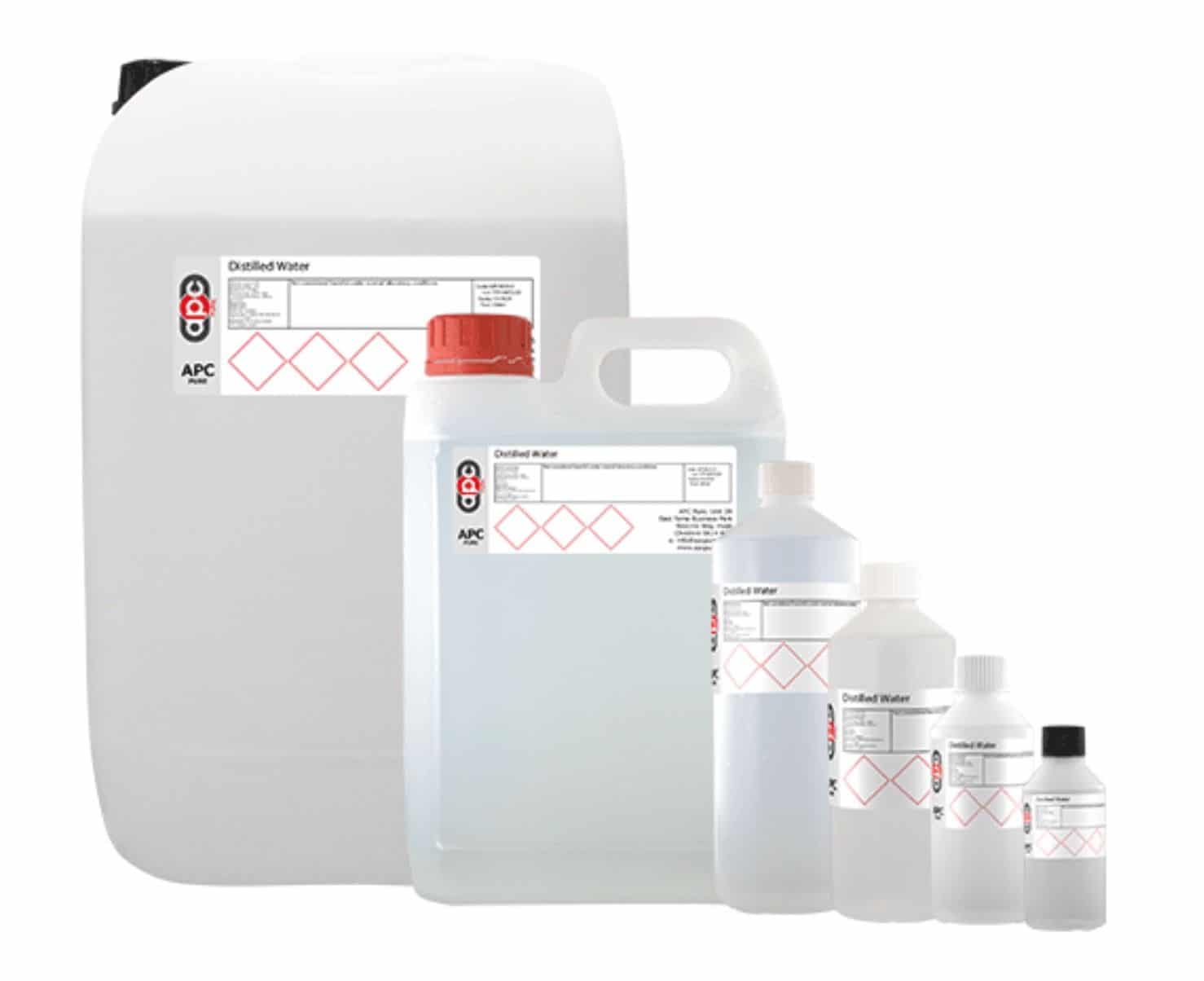
As I’ve said above, when you’re diluting your surfactant, you’ll be popping in a few drops into litres of water. That’s the sort of ratio you need to expect. So be prepared to grab a spare bottle of suitable size to store your diluted surfactant. Also, depending on the surfactant purchased, don’t be surprised to see very small bottles of surfactant indeed. Don’t be alarmed either. At the rate of normal vinyl cleaning use, even a tiny bottle of surfactant will last a long time because, as I say, you’re using a few drops of surfactant into a litre or two of distilled water and then its going to take quite a while just to run through that first batch.
Easy-to-grab storage containers can be a litre, litre and a half or two-litre water bottle. Using an older spring water bottle, of the type you might purchase from a supermarket, is useful because it means that the bottle itself will be pretty clean and won’t be full of left-over chemicals that will need excessive cleaning for use.
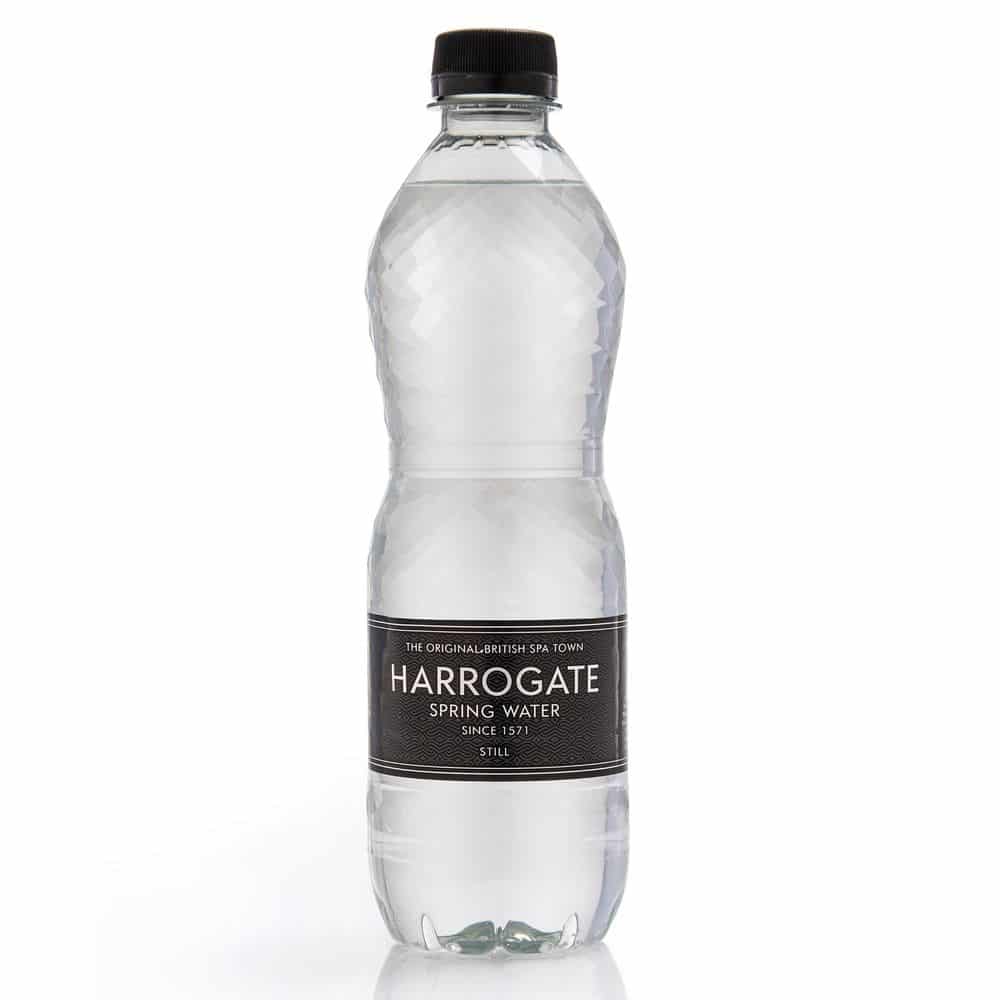
If you use an empty spring water bottle – make sure it has a screw top – then you still need to clean it out but the effort is minimal. Fill the bottle a third of the way with distilled water. Give it a good shake. Empty the bottle. Then repeat twice more and you should be good to go. Don’t clean it with tap water because you’ll leave a chemical residue.
Once the diluted surfactant is in the newly cleaned container, store it in a cool dark place, certainly away from sunlight.
Because I know that I’ll be cleaning lots of records for years to come, I like to grab a 25 litre barrel of distilled water. Partly because it will last for a while and partly because buying in bulk saves cash. Then I store that on its side having previously added a barrel-like tap which you can buy separately and screw to the container’s outlet. Propped on its side you can then use the newly fitted tap to fill your empty litre container when necessary.
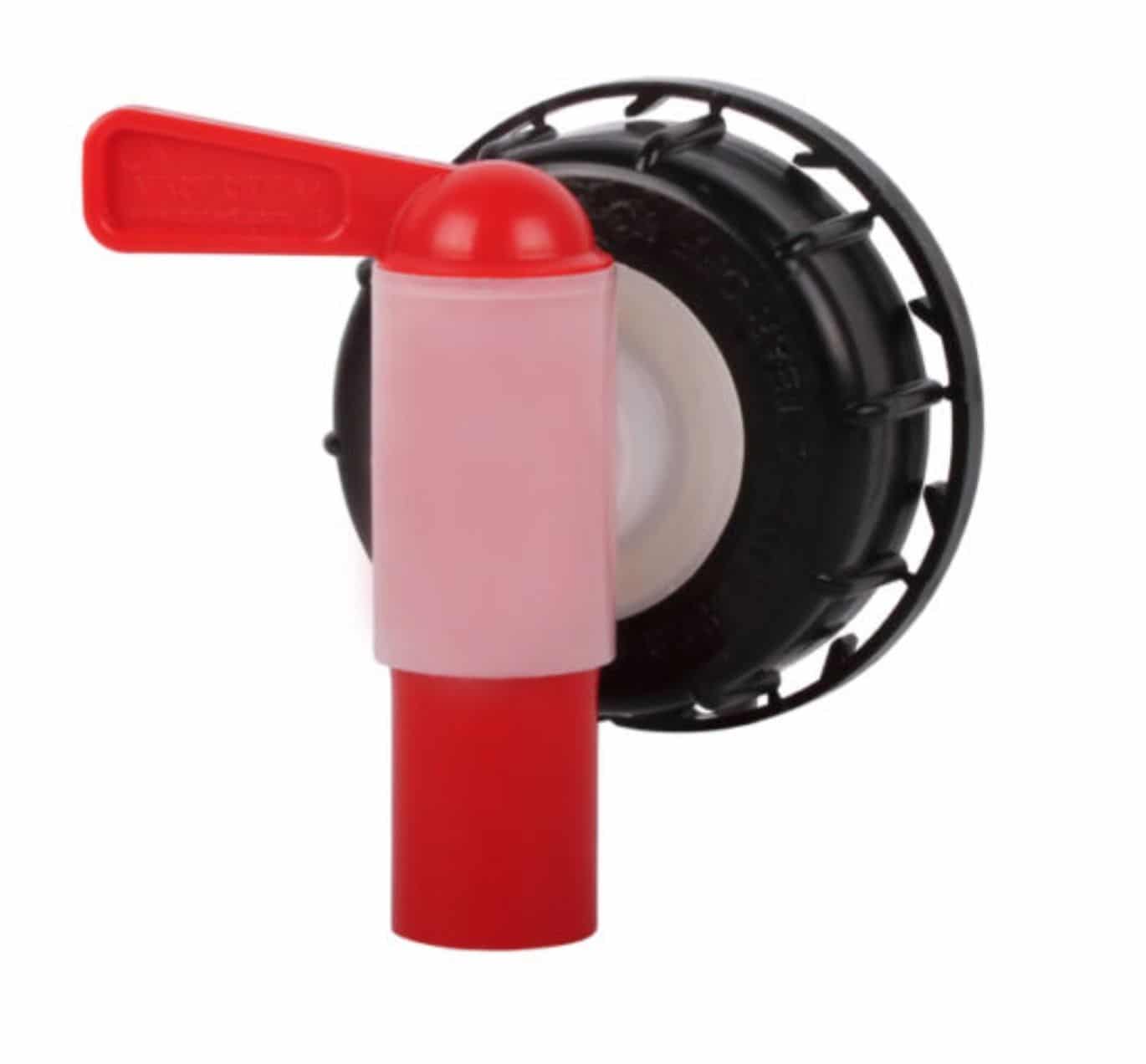
When you’ve diluted your surfactant and you’re standing there with your two litre bottle of diluted liquid, you’ll need to decant that into a smaller bottle for day-to-day use.
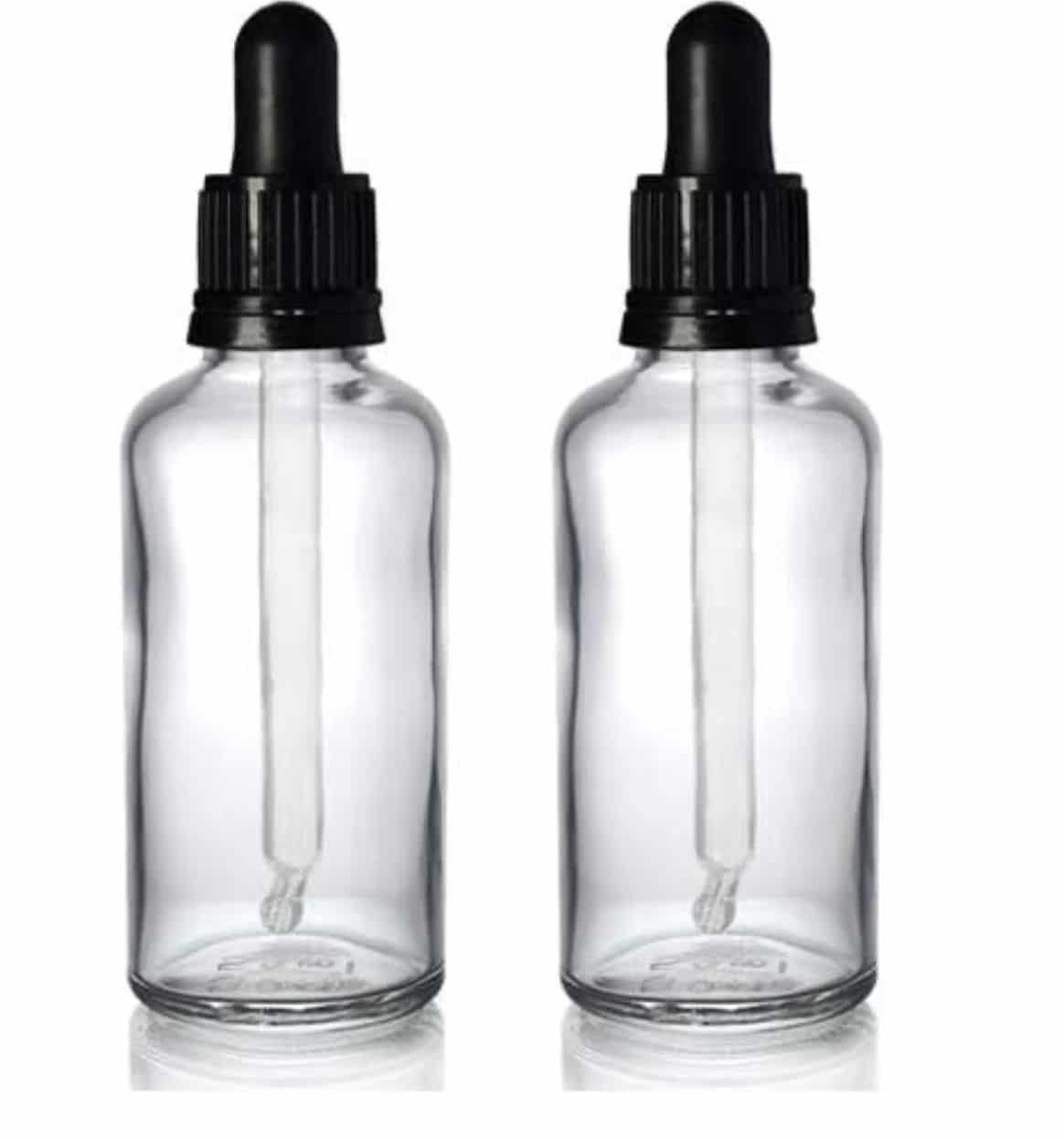
Take the larger litre bottle with you to sit next to your cleaning machine, to act as a convenient refill but use a smaller bottle for the actually cleaning. Otherwise, the larger bottle will be rather unwieldily. I apply my surfactant with a glass eye-drop/pipette. I bought mine as a two-bottle set from Amazon. Again, I’ll put a link at the bottom of the feature in case you need that. Applying the surfactant to the vinyl surface using a pipette means I can be more exacting in my surfactant application to disperse the liquid evenly around the disc. It also means that I can avoid wetting the record label.
I can talk a lot more about the application of the surfactant, the dos and don’ts, what to do and when in the vinyl cleaning features/videos I mentioned above. So, if you have lots of questions popping in your head right about now, hopefully they will all be answered within those forthcoming features. For now, the tools listed above are what you will need, to use the surfactant for vinyl cleaning.
SURFACE OR BATH?
Some surfactants are aimed at users of ultrasonic machines. The latter normally arrives with a bath of liquid that is fed into the machine to then help clean your records. Some manual machines feature a bath system too.
There are surfactants out there that are designed to be added to the bath itself and not applied directly to the surface of a vinyl record. These bath-oriented surfactants tend to be a concoction of ingredients, some of which are best not applied directly to the vinyl surface. For example, the liquid supplied by Degritter and listed below, contains a surfactant but also some alcohols. You should not apply alcohol directly to the vinyl surface, even if it is part of a larger recipe. Hence, Degritter is correct to indicate that its surfactant is to be added to the bath.
Testing bath-applied surfactants means that in fact, I’m testing the company surfactant with the company cleaning liquid too because they’re mixed in. It’s the best I can do though because the company does not supply its surfactant as a separate entity.
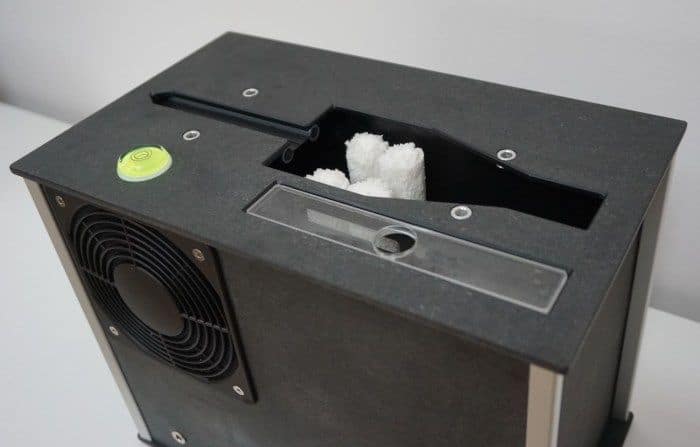
Before you ask, yes I did undertake a series of tests comparing surfactants added to a bath to those surfactants added directly to the vinyl surface. I found the latter won out every time. Surfactants applied directly to the vinyl surface proved to be more efficient and better performing. The bath-filled surfactants did a decent job, they did work. Just not as well as the directly-applied liquids.
Before we dive into the list itself, is it comprehensive? No, absolutely not. There are liquids out there that I know about and can’t afford because they’re too pricey to test at the moment. Nonidet NP-40 was one of those. I could buy it in but it was too expensive for my limited funds. During the tests a small bottle could be had for £100. As I was editing this feature I did see a larger bottle available for £64. Hopefully the price will fall further and then I’ll buy it in for testing.
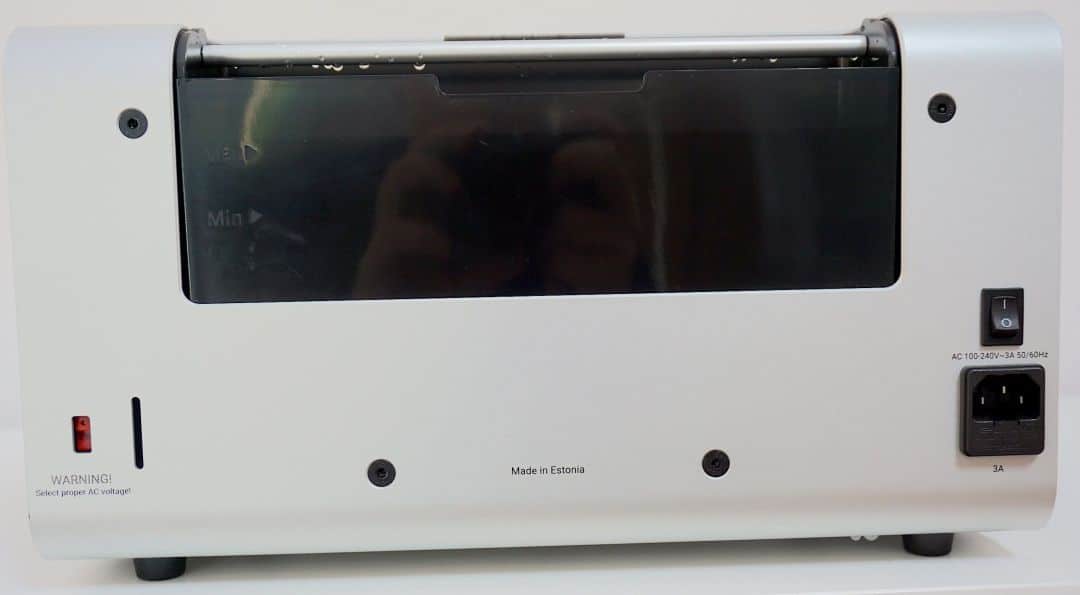
There may be other liquids out there that might be awaiting discovery. If I am made aware of them then again, I’ll test them whenever I can to update this feature.
To keep the size of this feature to manageable levels, I have restricted my actual list to those surfactants that I have used and tested and have lots or at least some redeeming features. That is, surfactants that I recommend. I’m happy to talk about others in comments or messages to me on my site, YouTube channel or other social media outlets I reside within.
TESTING TESTING
To test the following surfactants, I used the best ultrasonic cleaner I could get my hands on. That meant using a Degritter.
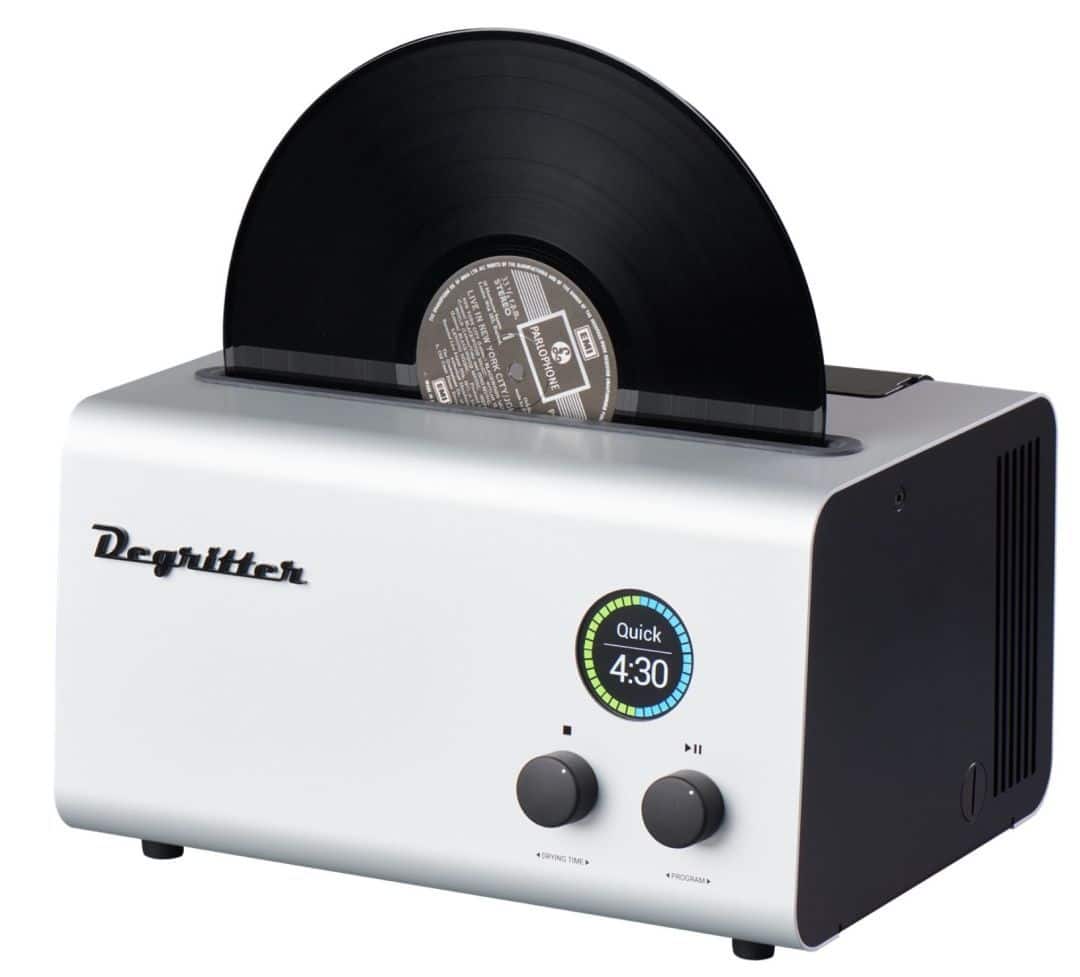
Testing one surfactant with another meant a lot of A-B tests and complex cleaning patterns and multiple cycle cleans to reinforce my final conclusions. It took a long time to run through which is one reason why this feature has been delayed and delayed again.
THE SURFACTANTS – THE LIST!
Despite the fact that all of the following liquids are recommended. I still retain favourites within the list. Hence, I’m going to do is list the surfactants in reverse order. With No.1 being my most preferred product. Prices are ‘per bottle’.
No.5: AUDIO DESK
Price: £14
TO BUY: https://ebay.to/33QmBWB
To be fair to Audio Desk, the company doesn’t actually list this liquid as an on-disc surfactant, per se. Not because there’s any risk of damage to your vinyl if applied directly but because Audio Desk sees its best use as part of the machine’s general cleaning process. Hence, you apply it to the bath of an ultrasonic cleaner and the surfactant does its job as part of the larger cleaning process.
It’s a combo liquid containing a surfactant but also cleaning ingredients but I wanted to test it anyway. I was curious.
You will need to dilute this 35ml bottle of liquid into around four to four and a half litres of distilled water which means that it will last quite a while if used in an ultrasonic bath.
If you decide to apply it directly to a record’s surface then one tiny bottle will last for many months. It provides good value, therefore.
I have no idea what’s in the liquid, Audio Desk keep it a secret but I hear from sources, close to the company, that no alcohol is included so a direct vinyl application should be fine.
I tested the liquid from the bath, as part of a larger cleaning cycle but also directly applied to the vinyl surface.
The results showed that the liquid worked well, better when applied directly to disc, I have to say. The cleaned disc showed improvements to the control within the midrange, treble offered a better structure and bass offered admirable character. The soundstage, as a whole, was quite coherent in its presentation.
No.4: DEGRITTER
Price: €28
TO BUY: https://ebay.to/2ROxEdn
Degritter’s surfactant is supposed to be added to the ultrasonic cleaner’s bath only. Hopefully, from the company’s point of view, in a Degritter ultrasonic cleaner bath. I would not recommend applying this one directly to the vinyl surface because it contains alcohol and applying any sort of alcohol to vinyl is a definite no-no. The substance is too aggressive for that.
Hence, this one is straight into the bath, whether that be a manual machine like the Disco Antistatic or an ultrasonic device.
You receive 100ml of liquid in the bottle and you only need to add 1-2ml to a bath of distilled water at any one time so the bottle will last quite a while.
In use? The Degritter liquid is good. Not great but good. I do prefer it to the Audio Desk liquid in terms of its final frequency transparency but it is relatively veiling when compared to the specialist surfactants that we’ll get to in a moment. Hence, it’s performance is good, you can hear sonic improvements but you’ll be frustrated a little because you’ll want more.
NO.3: ILFORD ILFOTOL
Price: £22
Contact: Various Internet Retailers (Buy Links Below)
This one is known as a ‘wetting agent’ in photography circles but here it serves as a surfactant. It’s the same thing, basically.
I bought a 1 litre bottle from Amazon but you can grab it from eBay and other photography gear sites, possibly for a lower price than the one stated here.
This liquid is highly concentrated so it will go a long way. For vinyl use? It’s possibly a lifetime supply actually. Well no, actually that won’t be the case because Ilford gives the bottle a shelf life of 36 months.
That’s because the dilution ration is 1:200. So that’s one drop of Ilfotol to 200 drops of distilled water.
Actually, Ilfotol itself looks watery. It’s not thick of gloopy, is clear and looks nothing special at all.
In use, the Ilfotol was clearly a league ahead of the previous products. That is, the Audio Desk and Degritter liquids were direct competitors but the Ilfotol was a leap ahead of those. By some distance, actually. The latter two products, speaking generally, sounded a little warmer and veiled by comparison.
Ilfotol sounded far more transparent and produced a superior soundstage where the presentation was airy in nature. I noted this effect while listening to a bass guitar in a select rock track and precise percussion strikes in jazz. The latter was crisp without being strident. I also thought that vocals were tighter and more emotive.
After an Ilfotol clean, subtle effects buried at the rear of the mix could be better picked out by the ear.
The liquid also removed itself effectively from the vinyl surface.
In short, the performance improvements were very large indeed while the value was better too.
TO BUY:
TRITON X-100
Price: £9.95
TO BUY: https://ebay.to/3mJZ8z2
Before I dive into this one, Triton X-100 has been associated with Kodak’s Photo Flo wetting agent. Some people have suggested the latter for use as a vinyl surfactant. I’m slightly uncomfortable about that. Mostly because I have found conflicting contents lists on the liquid. Some say the Kodak product contains Triton X-100. Some say that it’s not X-100 but X-114 which has slightly different properties. Others say that it actually features a completely different surfactant. I’ve even heard that alcohol is in there somewhere.
My main issue is not so much the ingredients I see listed (although alcohol would be a major problem) it’s the doubt. The uncertainty. And if I can pick up Tritnn X-100 up as a lab-grade liquid, then all the better.
Sounding like a flying machine from the kids show, Thunderbirds, the Triton X-100 supply I found available for sale was indeed of a lab-grade quality and surprisingly, relatively low in price but part of the reason was because the liquid only amounted to 15ml. Don’t be dismayed though, that will last for a long time.
In use, I squirted 20 micro drops (smaller drops than usual, from its built-in bottle dropper) per two litre bottle of distilled water.
Once those drops were resting on the bottle’s base, I could hardly see them. The concentrate looked more like an accidental smear. That’s how little was used.
Shelf life on this liquid is excellent, “many years” was one guesstimate I read about on a science/tech website. Of course, that means storage in a low light, cool and dry place.
In sound terms? There is plenty of detail available here, set within an a spacious and wide soundstage. Vocals offered emotion and an admirable texture, bass was organic while the upper mids provide a dynamic reach that had you glued to the music, expectant about what was to follow, what riches of information were about to spill out of the speakers.
The bass too offered plenty of attributes with a weight and heft that provided plenty of power.
Just to add context, the improvement over Ilfotol was not massive. Not the same distance as that between the Audio Desk/Degritter combo and Ilfotol. That said, the improvements triggered by the Triton X-100 were definitely there, definitely noticeable and large enough for me to move on from Ilfotol to Triton X100 in a heartbeat.
***IMPORTANT NOTE***: I was recently alerted (10/3/21) by a kindly contributor in the Comments section that Triton X-100 has now been banned for use in Europe. Hence I now do not NOT recommend Triton X-100 for use in vinyl cleaning. There is talk of a replacement being tagged as a safe alternative. Something called Nereid, which is a cousin of Triton X-100 but without the bad stuff, basically. I’ll keep an eye on this contender because it’s still in the testing stage, so I hear. When I can, I’ll give it a test. You can find more information here: https://en.wikipedia.org/wiki/Triton_X-100 Here’s a précis of the Triton X-100 issue: “A Triton X-100 degradation product has indeed turned out to be ecotoxic as it possesses hormone-like (estrogeno-mimetic) activity that may act on wildlife.[12] The ECHA finally included the substance group in the Authorisation List (Annex XIV),[13] mandating the pharmaceutical and other industries to replace this detergent by the “sunset date” January 4, 2021, thereby affecting EU manufacturers, importers, and downstream users, as well as non-European manufacturers exporting their products into the EU.”
TERGITOL
Price: £27 (approx.)
TO BUY: https://ebay.to/2ZWrQ5W
Although I’m reviewing the substance itself, Tergitol and I’ll refer to the liquid as that, the brand name of the bottle I purchase from eBay is know as TergiKleen. I had to buy mine from the USA. There are – or at least were at the last count – two suppliers of this liquid on eBay, although one appears to have a greater supply than the other and the price varies too. I’ve stated the cheapest, at the time of writing.
Tergitol is a popular liquid as far as archival institutions are concerned being part of the armoury for a few organisations both in the USA and Canada but it’s also popular with record collectors and audiophiles.
It’s supplied in a concentrated container and a pretty small one at that but, surprisingly, it will make 30 gallons from its 30ml concentrate. That, my friends, is an awful lot of surfactant. Like Ilfotol, it will past its ‘best before’ date way before you use it all up. That’s around two years, possibly more if its kept in a cool, dry low light, area.
The dilution ratio focuses on 10-20 drops in a 2 litre bottle, I used 20. They are micro drops from the built-in dropper.
When compared to Ilfotol, Tergitol opened up the midrange, extending the dynamic reach of both the midrange and the treble, acoustic guitars were smooth but also incisive. Vocals offered more grain and texture which created emotion, harmonies especially so. Bass percussion was organic with a real impact while the nature of the impact was also full of character.
Not only that, previously shy instruments, buried in the mix, began to emerge into the light.
TO BUY: https://ebay.to/2ZWrQ5W
CONCLUSION
The Audio Desk and Degritter liquids are good but not great and are best used in the baths of their respective ultrasonic cleaners, as recommended by each company.
If you’re already using Ilfotol and you’re happy with it, by all means carry on with that liquid. It’s a great performer, highly recommended and it will continue to do a great job. When the time comes to buy a new liquid, once the ‘best before’ date has been reached, consider looking at Triton X-100 or Tergitol.
Speaking of which? Both Triton X-100 and Tergitol are excellent in performance terms and both offer top notch performance. To be honest, I would be happy to use either or both.
Differences? They are there. Very subtle, I have to say but certainly there. If I was to pin each down, I would say that Tergitol provides slightly more air in the midrange, a slightly extended dynamic reach and the opportunity for more upper frequency detail to enter the soundstage.
As for the Triton X-100? If anything, it offers a superior tonal balance with a stronger bass, a better foundation for all instruments across the soundstage and a stronger presentation.
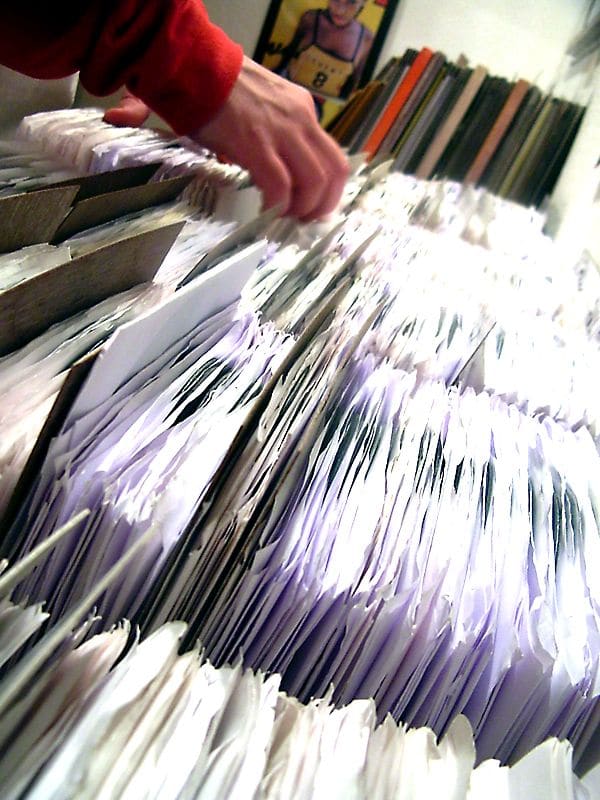
Bottom line? If I was going to whittle the two liquids down to a soundbite? I would say that Tergitol offers slightly superior upper frequencies and Triton X-100 provides slightly superior lower frequencies.
Now I’m looking for a surfactant that provides both!
For now, I will stick with Tergitol because I hear a smidgeon more information coming through via the liquid but I will continue to test the Triton X-100 which is, I have to emphasise, excellent in performance terms.
CONTACTS:
Degritter ultrasonic cleaner: degritter.com
Distilled Water: apcpure.com
Pipettes: www.amazon.co.uk
Barrel tap: www.ebay.co.uk
Use the above tap location as a visual reference only. You may prefer a different design and the price may be much cheaper to boot. There should be plenty of choice.

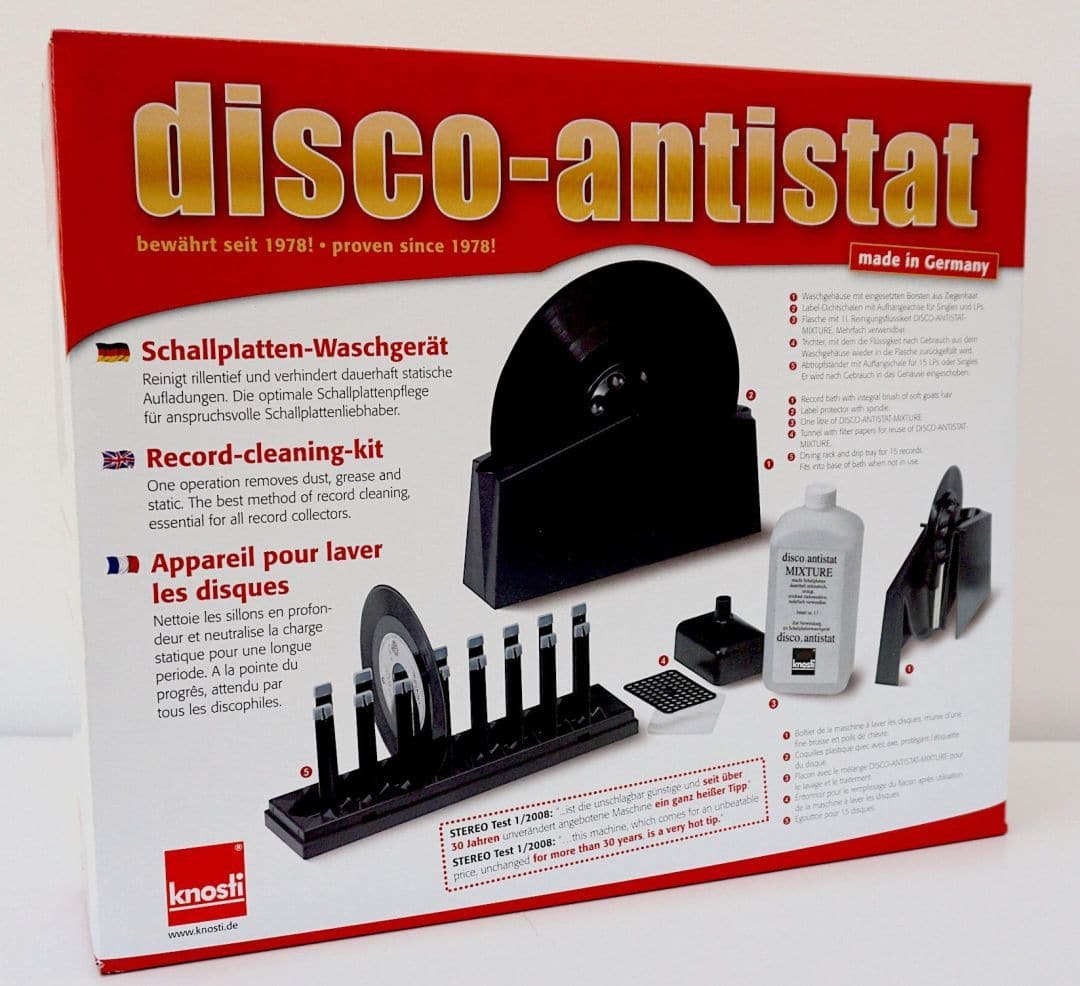
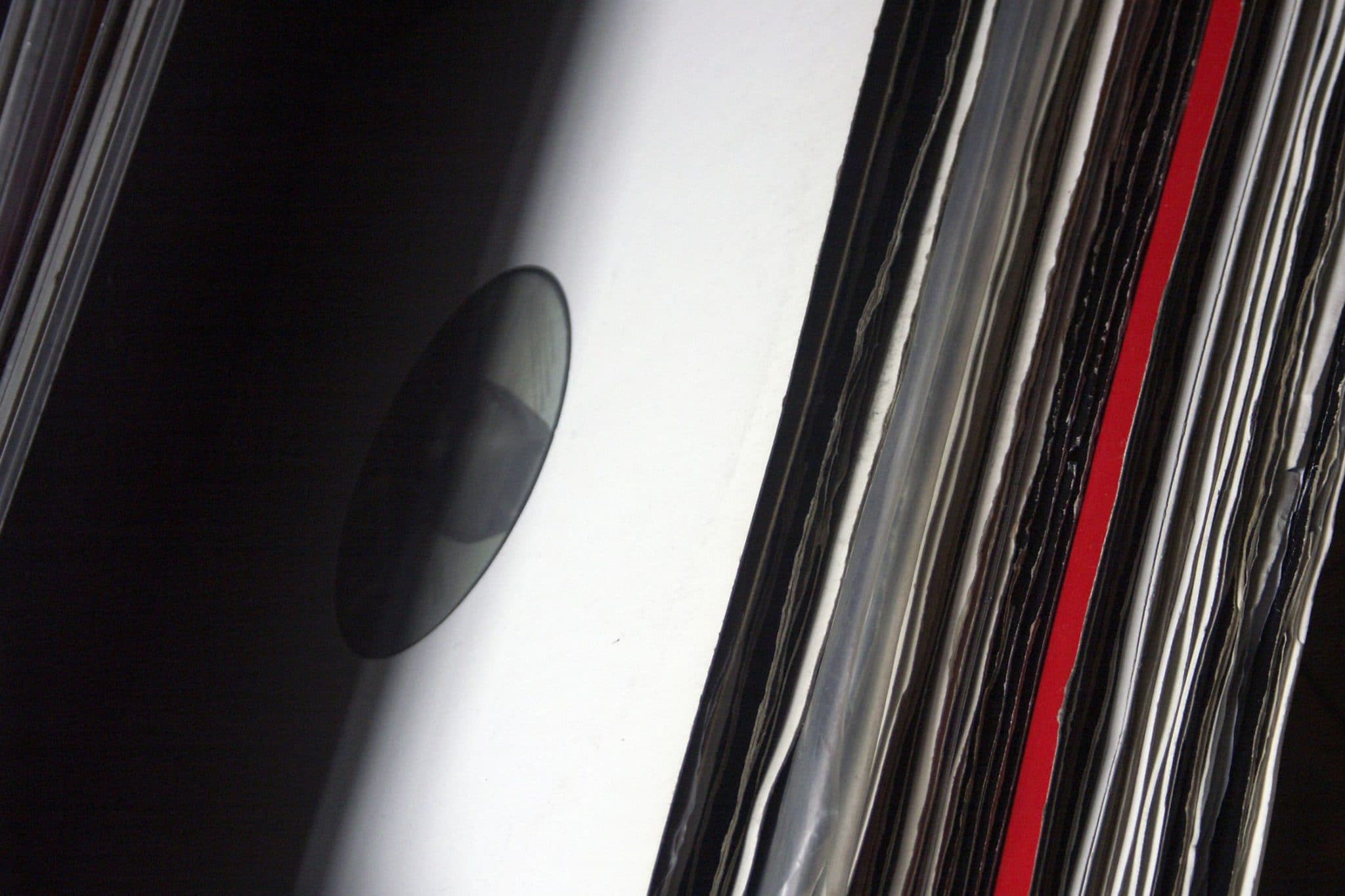
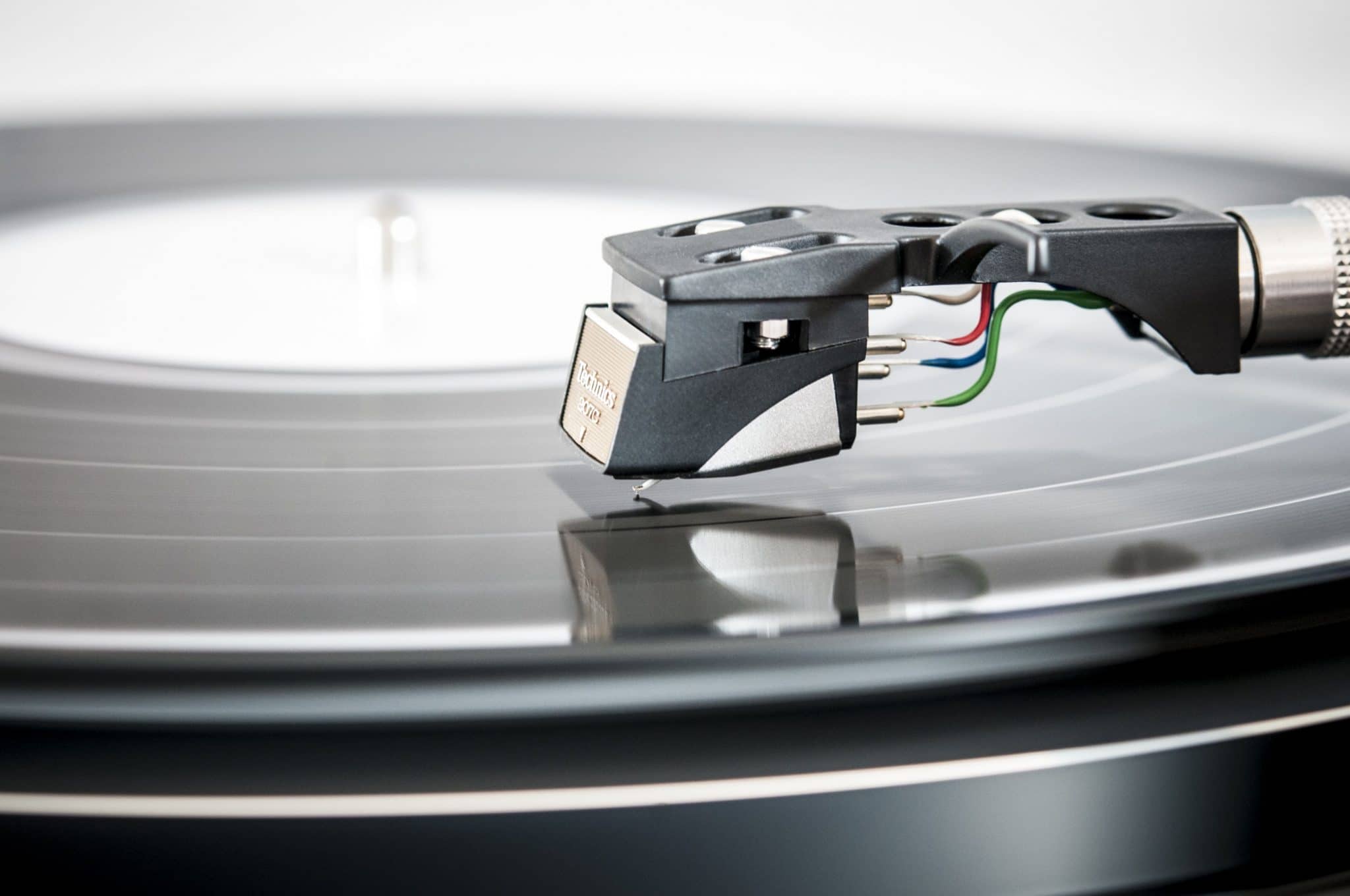
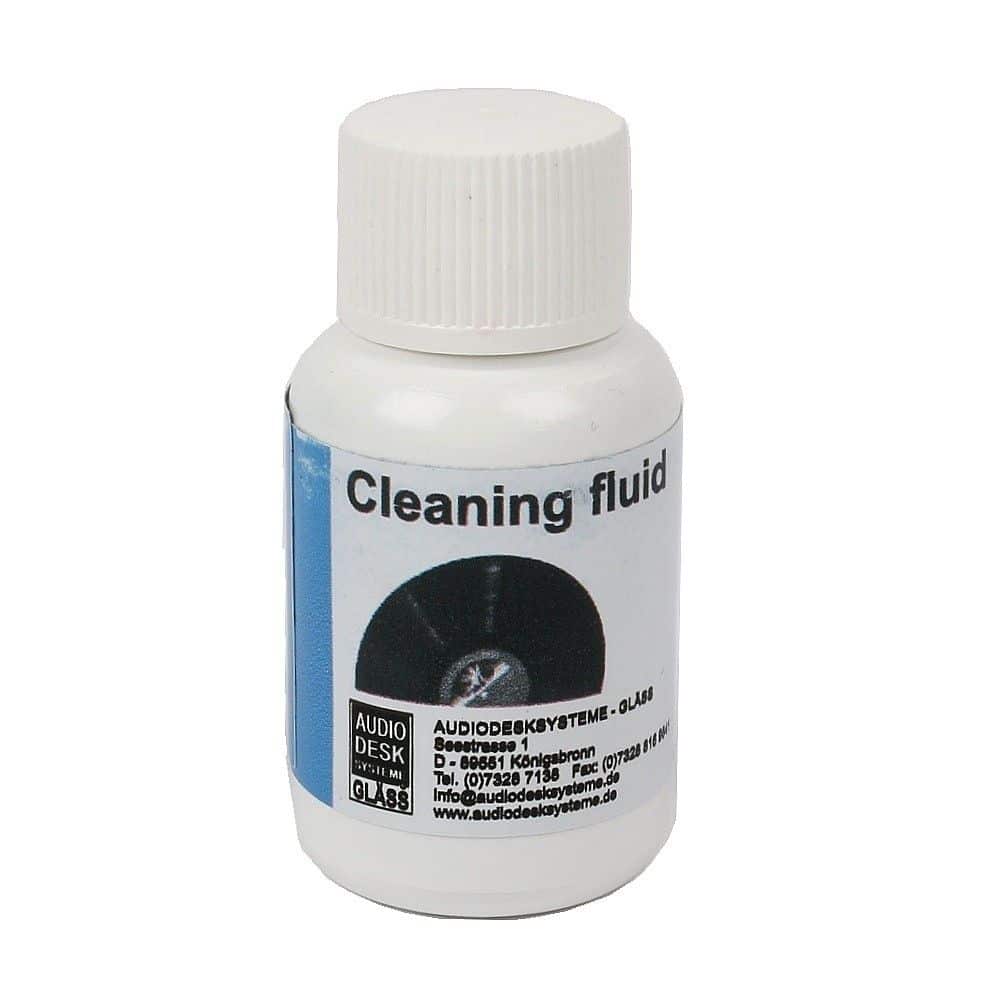
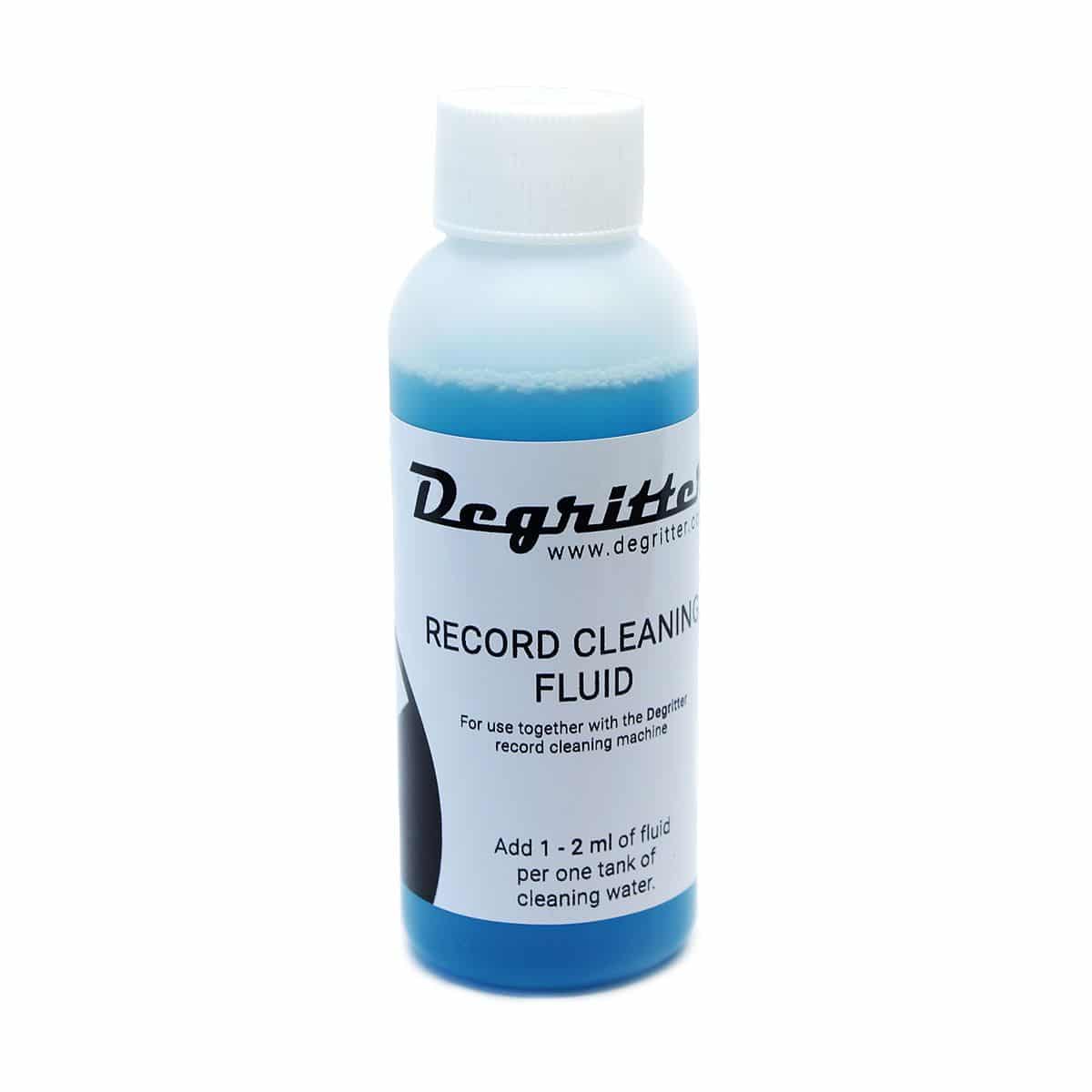
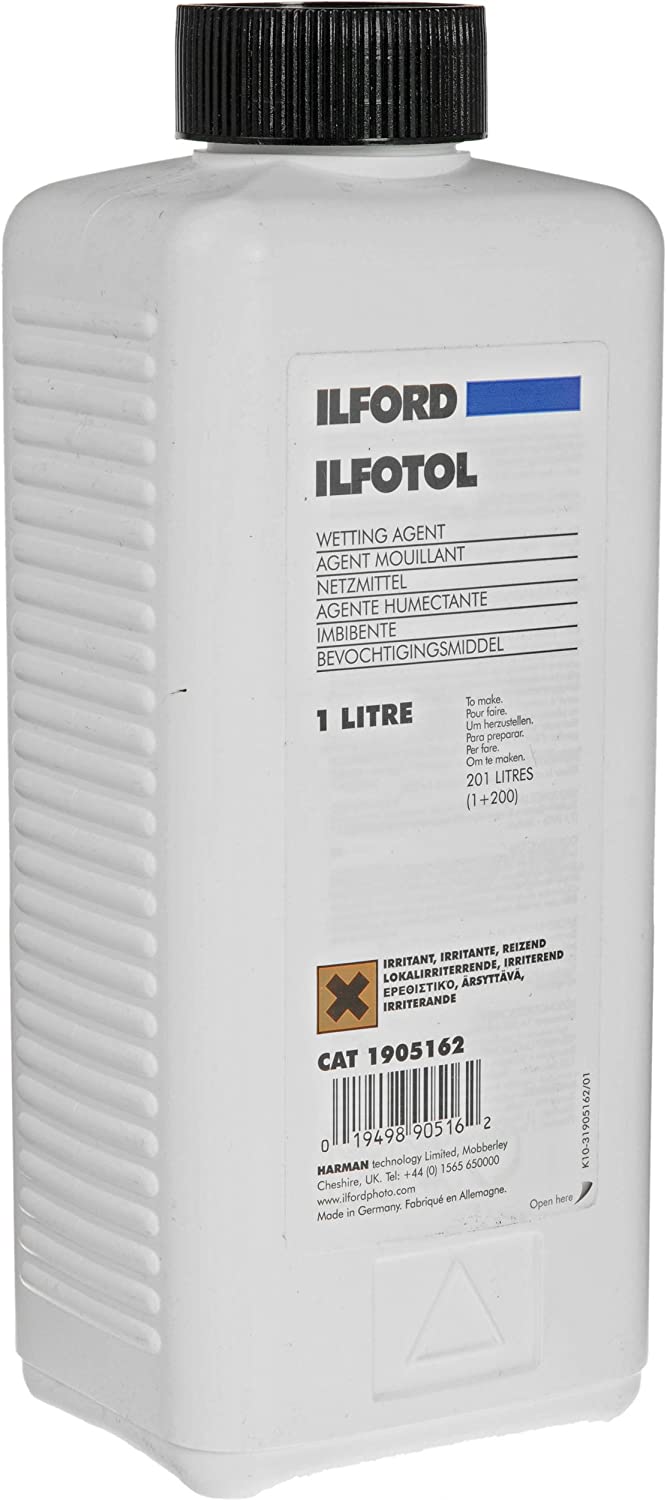
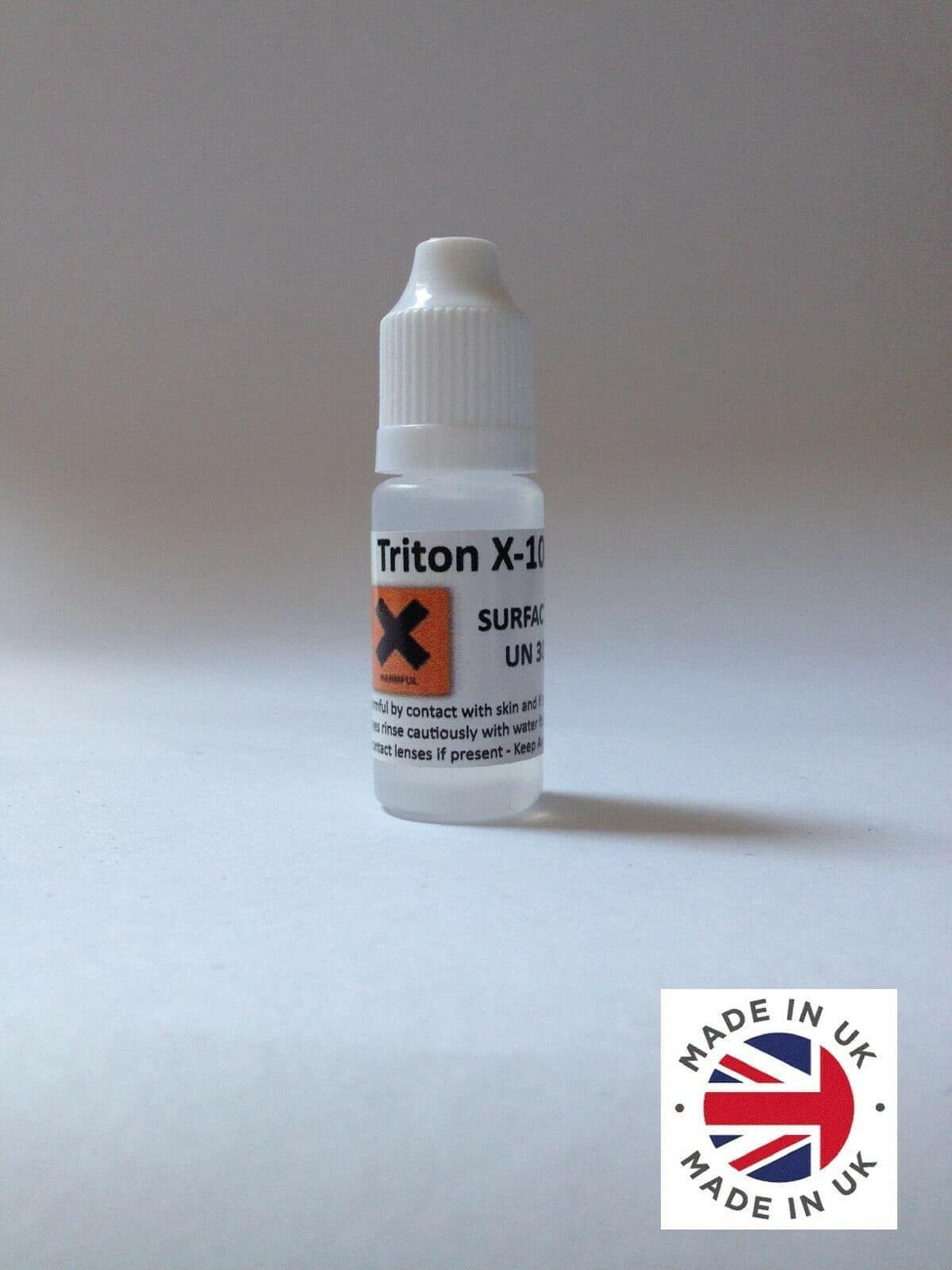
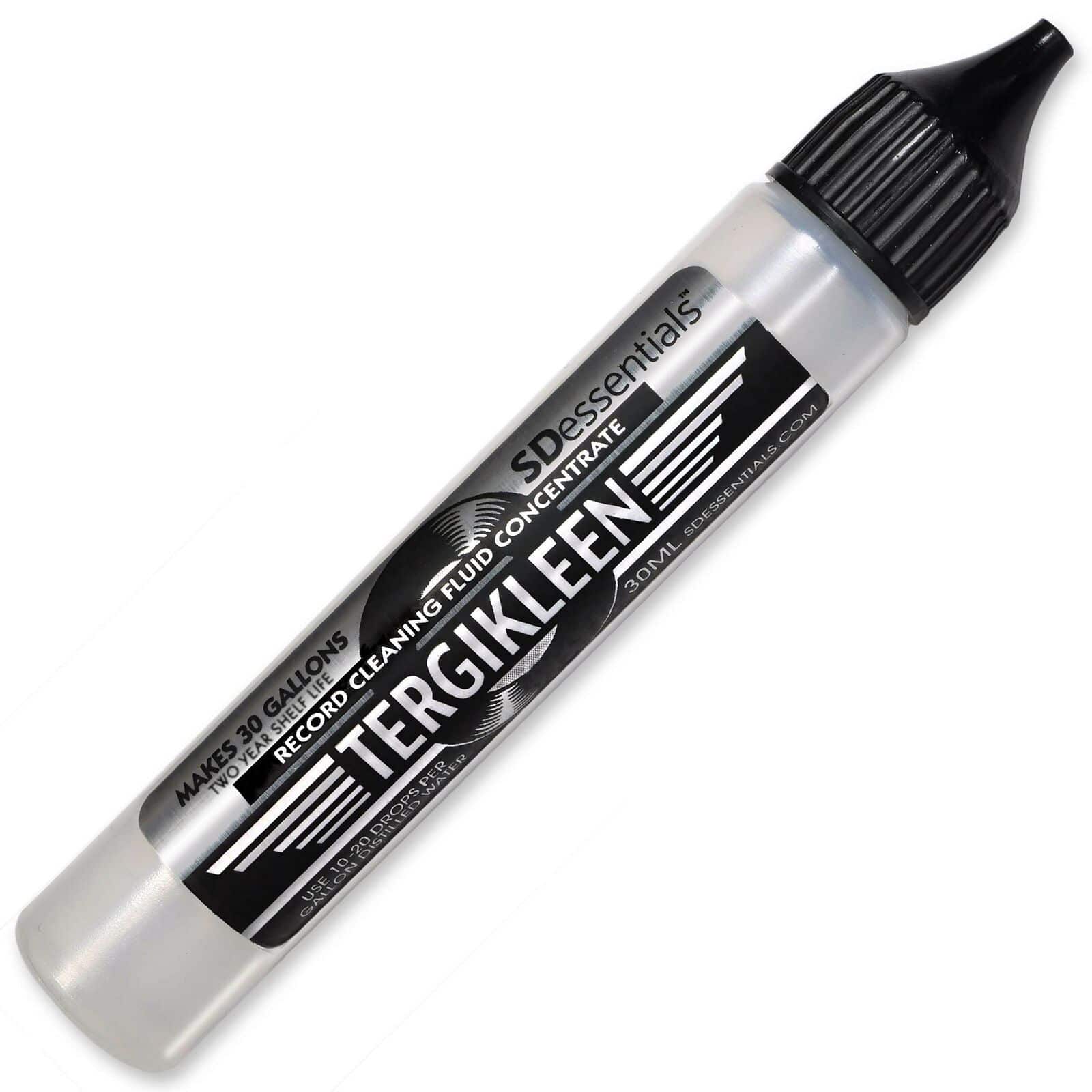
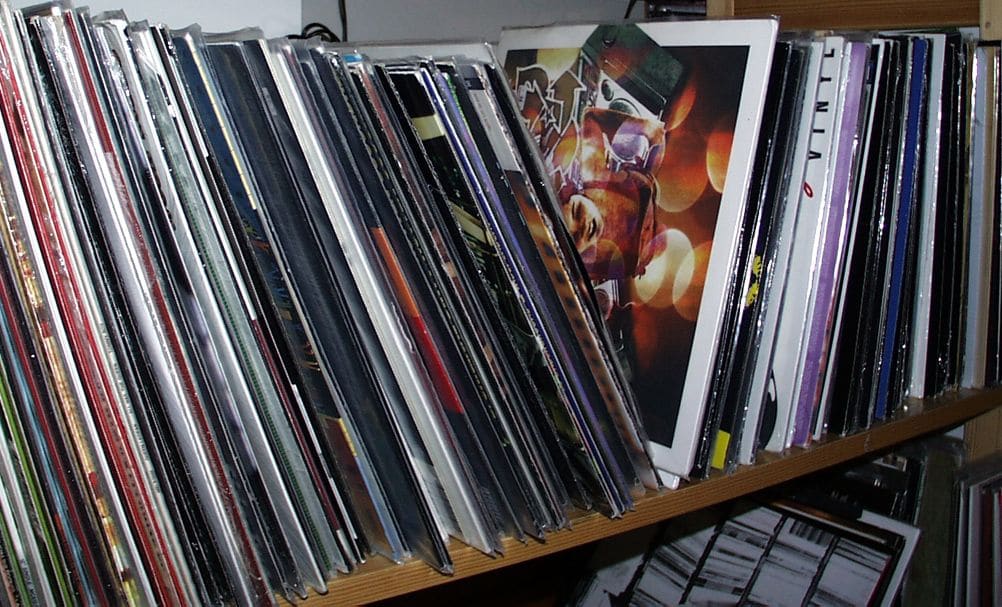


I just got a degritter and am underwhelmed with the results. I use it with their cleaning fluid and I am sure it leaves a residue film. I can see white dust on my record from the stylus pulling it out. I can also hear the veiling you allude to. The degritter grits my grooves with residue. I have some tergikleen coming. My question is – do you recommend applying the tergikleen dilution to the vinyl directly? I assume I can use a goat hair brush to apply it smoothly. Then, do I run it through the degritter with ONLY distilled water in its tank?
Follow-up question: won’t subsequent washes now have tergikleen in the tank so after the first wash I can’t really rinse it? How many washes before this becomes an issue in your opinion? I bought a second tank, how could that help?
I want to like my Degritter investment. If you can help me get the best out of it I would be very appreciative. Thank you so much. I have contacted the company and I they offered was to send me a new machine. Not sure if the machine is the issue though. I think its their fluid. Their customer service is great BTW but they don’t really give much help regarding surfacants that aren’t theirs other to say – try it!
H Marcelo – during my review of the Degritter (https://theaudiophileman.com/degritter-vinyl-record-cleaning-machine-ultrasonic-review/), I did not recommend using the company’s own fluid. There are better options out there. Check out this manual guide first – ignore the later parts using the Disco Antistatic – but please take note of the record’s actual preparation and use of surfactant. That may help you. Then get back to me with any questions you might have from there: https://theaudiophileman.com/vinyl-cleaning-guide-part-1-manual-cleaning/
This answers most my questions. Thank you. Regarding the 7% isopropyl alcohol / distilled water bath. What role does the alcohol play? Help drying? Help rinsing and removing the tergitol? I assume this won’t dry out the vinyl because you don’t apply it directly. Thank you again. I will try your recommendations and hopefully have better results.
Hi Marcelo – alcohol serves as a partial cleaner. It tends to remove much of the easy stuff: oils, etc and helps to dislodge grime held in the groove by the same. It also serves to melt the glycol. It won’t dry out the vinyl or affect the basic, inherent structure of the vinyl record because of the alcohol low ratio used, the fact that – yes – it’s not applied directly and because of the short exposure time.
Paul,
I need to thank you for your comprehensive reviews of surfactants and the Degritter, which I have also now purchased. What a revelation in sound detail, way beyond what I was previously able to achieve using my Loricraft PR6! I have also found that there are significant benefits in doing 5 cleaning cycles, taking a whole hour to clean just one record, but I just could not face the thought of taking the record out and re-applying surfactant after each cycle. I have therefore simplified the process. I just use Tergikleen 5 drops per litre of distilled water in the Degritter tank. I do 5 deep cleaning cycles, one after the other, with no drying time. Then I do a final quick clean with distilled water and a drying cycle. This just involves me clicking buttons on the machine every 10 minutes or so, and I can carry on (working from home) in the meantime. I have bought an extra Degritter water tank for the final clean with distilled water.
I don’t know if you have done a direct comparison of using Tergikleen in the tank with your standard application of Tergitol to the grooves and alcohol/glycol in the Degritter. If you have, I almost don’t want you to tell me how much better the sound is doing it your way! Thanks again for all you do.
Patrick
Yes Patrick, I did do an extensive A-B with surfactant in the tank and on the record itself and found the surfactant on the record did a better job. Not sure if its because you can physically push the surfactant into the grooves with a Kabuki brush before the clean or if the groove-applied surfactant forms a more ‘physical’ assistance if applied direct and maybe the tank-applied surfactant is just overly diluted before that clean so becomes less efficient but yes, direct application is the best route I’m afraid. But look, go with what you feel is best for you and your sanity 🙂
I have read and followed the guidance that Tergikleen needs a follow up rinse cycle. To date I have been using a distilled water and IPA mix. But after reading about how Ilfotol doesn’t leave a residue and appears to be required to further break surface tension I was wondering if anyone has experience of using it in a rinse cycle after using Tergikleen.
I would advise against using Ilfotol as part of any rinse cycle because you’re not actually rinsing at that point. Your reapplying surfactant all over again. You’d need to rinse the Ilfotol because residue will be left on the vinyl surface. I know because I’ve heard it. 🙂 You need to rinse *any* surfactant, no-matter what it might be and do so with a basic combo of alcohol and distilled water. See this guide for more information: https://theaudiophileman.com/vinyl-cleaning-guide-part-1-manual-cleaning/. See the steps under the title, CLEANING YOUR VINYL ‚Äì STEP BY STEP.
Thank you Paul!
Hi Paul
Your tests are very interesting and useful
But when you set out to clean a record surely the main goal is to try and improve
Any pops ticks and crackle obviously I’m aware there is very little you can do about
Damaged grooves on new and old pressings.
But your reviews only focus on highs ,lows
Soundstage etc.I have tried your cleaning methods exactly with my degritter I used Ilfotol
Because it was easy to get and the sound is a big improvement on degritter cleaner I agree but I find it does not help that much removing ticks and pops.
Is this a completely different subject or just a lost cause presumably if there is dirt in groove and this cleaning method doesn’t get rid of it nothing will.
Thanks for all your honest reviews like to here your thoughts on this.
Nigel
Hi Nigel – removing pops, clicks, etc is almost ‘too easy’ for a good quality vinyl cleaner. That’s almost taken as read. A good quality vinyl cleaner should sort this as a basic task. So I don’t dwell on this area. If I do not hear improvements in terms of obvious noise then I would stop the review dead in its tracks and move on and report that the cleaner was a waste of time and money. I will endeavour to talk more about this area in the future sure. Maybe I’ve neglected that side because I’m so focused on the difficult to shift areas but the hardest task for any vinyl cleaner is to get rid of the harder-to-shift gunk, oils and other caked-on materials that harm the inherent sound quality.
You might want to look at my Vinyl Guide to see how I clean vinyl: https://theaudiophileman.com/vinyl-cleaning-guide-part-1-manual-cleaning/
Everything before the actual use of the Disco can be applied to the Degritter, including record preparation. My own (possibly rather extreme!) hour-long clean is how I do a deep clean. A one-off deep clean I have to add.
If there are still pops and clicks after that lot then you’re looking at groove damage, wear, pressing imperfections, etc.
And to clarify – you don’t use Glycol?
Hi Paul
Thanks for reply I have followed your cleaning regime and although I use Ilfotol
And do 1 deep clean then rinse I do notice big improvements I understand the more you give the more you get I think most of my records with clicks and pops are just down to bad pressings or groove wear
Your last comment you don’t use Glycol?
I’m not sure what you mean I do use this because I followed your cleaning steps for Knosti am I not meant to use with degritter?
My misunderstanding, Nigel – I thought you had decided not to use Glycol. If you are then that’s great 🙂 I would actually recommend giving a couple of your clicky/poppy vinyl discs the full 6-clean treatment using the full Degritter thing and just…see. See what happens. Just in case. You never know.
I will definitely try that
Thanks
Nigel
Hi Paul
I’ve tried the 6 full clean and on a old Press it does help improve but on a new record no difference which is what anyone who buys records will know some new presses the vinyl is really clean and quiet but unfortunately there is to many new presses that are so badly pressed, all we can hope is the vinyl recovery keeps picking up speed and new plants open with some new machines who knows there could be a whole new revolution in pressing plants we can only dream.
Also just wondered how you get round heavy clean cycle on degritter it took me nearly 2 hours to do one record with the machine having to cool all the time have you tried to put little less in Bath and add distilled water ice cubes.
Thanks
Nigel
Interesting because I’d disagree on the new vinyl cleans, Nigel. New vinyl is coated with an oil that’s naturally leeched by the vinyl disc during pressing which helps it to be ejected by the press during manufacturing. No one removes this stuff. The record is packed and sent to the shops ‘as is’. So this stuff does remain and veils detail. But look – the important thing is you and your ears. If you can’t hear a difference then sure, don’t bother cleaning new discs.
In terms of pressing quality. ‘Twas ever thus. It’s always been like that. Pressing records is an art, not a button pressing operation. If a plant finds itself rushed (and that’s happening now, worldwide – the demand is currently through the roof) to complete a contract, that can introduce errors. If there’s an inexperienced member of staff on the line that can produce errors, if a member of staff doesn’t stack the new vinyl properly that can cause errors, vinyl imperfections, maybe the press needs a service (most of them are very old), the wrong vinyl recipe is used, etc. There’s a host of reasons why pressings can founder.
I haven’t had issues with overheating so can sort a 6-cleaner operation in around half that time. I wouldn’t use ice cubes either because it ultimately alters the alcohol ratio in the bath. You might also find alcohol-free spots appearing during the melting process.
Again, though. These are just my opinions. Find the right system and process for you. the methods I post here and the comments I make are merely guidelines.
I think you might of misunderstood
My comments on new Vinyl I think the clean does help on new vinyl as well I was talking about more ticks and pops that won’t go I think these are different imperfections as you pointed out.
We all know Records are not perfect but no format is. Records will always my preferred format.
Thanks Paul for all your comments
and Reviews.
No problem – thanks for clarifying Nigel.
Imagine my joy just reading this now to find that the Triton X100 I just purchased from eBay has been banned! Anyway I do have a question regarding surfactants and rinsing. If I understand correctly the surfactant serves the dual purposes of breaking up the water tension thereby allowing the cleaning fluid to get into the grooves and also acting as a cleaning agent itself.
My question then is if we are to remove the surfactant as recommended by rinsing, but do not add surfactant to the rinse mixture, how will that mixture manage to get sufficiently into the grooves to remove the surfactant already present? (Sorry if this is starting to sound like a Madonna track!)
🙂 That final rinse is purely cavitation based, there is no mixture involved here. In fact, the point of the final rinse is to remove any mixture.
Hi Paul,
I use a very small amount, a “dash” as it were, (no measurement) of medical grade 99% ISO alcohol to a Degritter tank of distilled water for my final rinse. Any thoughts o that?
How much is a ‘dash’ though, eh? I’ve known people to get blind drunk on a ‘dash’ of vodka, for example 😉
I recommend 1% only to do the basic job or 7% if you’re using glycol as part of your regime. See the Degritter review for more on this.
Hi Paul,
I would say that’s probably pretty close to 1%. If I had to measure, I’d guess maybe 1 or 2 tablespoons full per tank. Merry Christmas!- Yep, it is around the corner already.